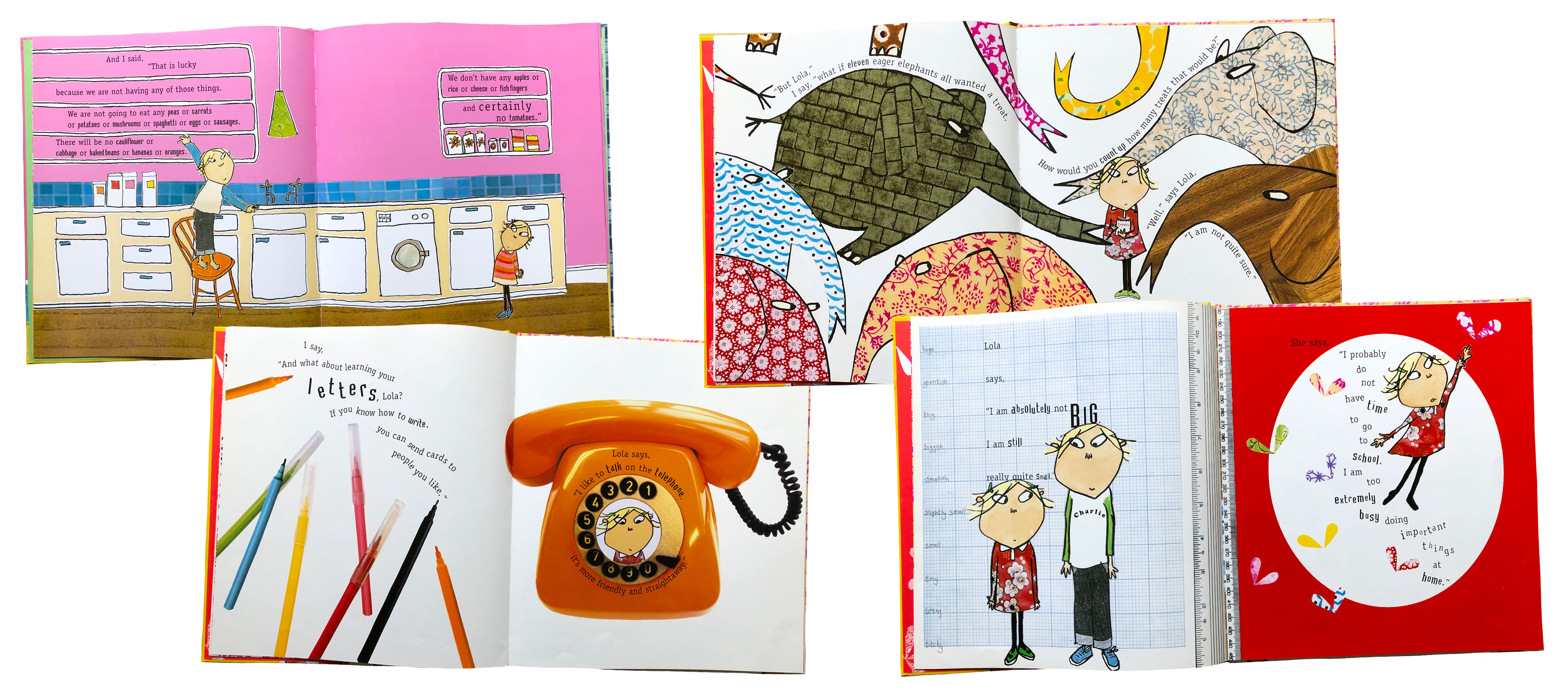AOI Business Masterclass Review
This week I had a Business Masterclass from the AOI (Association of Illustrators). It was hosted by membership direction Rachel Hill, who talked about the business side of illustration, from understanding contracts to negotiation and finding clients. I found this talk so beneficial and took a lot of notes. Although this isn't the most interesting side of being in the creative industry, it's important to think about how viable freelancing is for you and whether you have what it takes to make it as an artist. Its slightly nerve-racking to think about going into the third year of my degree and out into the world of work but Rachels positive outlook helped take the stress away, showing ways to network and develop your portfolio. I wanted to make a post to highlight some of the points that were raised- without exposing all the info!
The AOI is a professional body for illustrators in the UK. It is a membership-based union focused on campaigning and promoting creatives of all ages, from students to represented artists. It is an amazing organisation that acts as a voice for illustrators and is available to help all members with contracts or any problems they may have. Through the presentation, each slide and topic showed artists work which was good to see how varied the work is. I don't want to give too much away but here is a summarised overview of what I learnt.
Presenting a Portfolio
- Rachel showed examples of AOI members websites with clean layouts, making for a professional design. The viewer can see the style and specialism- figure out if it relates to their company, appeals to their target audience. Most were designed using Squarespace or Cargo Collective.
- Put any commissions at the top to show the best work. This could be real, self-commissioned or competition entries as long as they have a coherent style.
- CONTINUITY IS KEY, need to develop a recognisable style for your audience to visualise you and your creative identity.
- Be your own commissioner, if your portfolio is lacking real briefs and commercial work, create your own briefs for projects you'd want to work on. For me, this could be following the basis of the Penguin Book Cover Competition with a book cover I'd want to illustrate. This way, you get to show your style and cater your website to the type of work you want to get. Final commissioner has to be in mind.
Creating a Presence on Social Media
- Being active on social media is a good way to drive traffic to your website, promote yourself in a more personal/engaging way. Show some of the behind the scenes of your work and process.
- Create connections with like-minded people, people who can push you to keep creating and generating ideas.
- Rachel talked about Twitter being an unknown but good platform for getting commissions, there are not as many people using it so its good for finding job opportunities.
- LinkedIn and Behance
- Consistency and engagement are important
- Don't upload huge file sizes to social media, no point when viewing on a small screen and they could be stolen and printed at a large scale
Licensing, Negotiation and Contracts
- Where? How long? What uses? Things to think about for each project as they can be very different and alter how much you should be paid/ the way you approach the brief.
- Illustration charges on licencing whereas graphic design is hourly. This makes it a bit more complicated but has to be agreed upon by the employer to make sure you get paid fairly.
- You're offering a valuable service that benefits the company or employer, negotiate to suit what you want, it needs to by 50-50.
- Contracts need to be agreed upon before you do any work, it has to suit you.
- Needs to be binding so they can't back out, professional and confident
- Red flags- copyright assignment, moral rights waiver, irrevocable licence. Some of these lead to earning less money as you don't have as much control, they can remake artwork without your permission.



Comments
Post a Comment